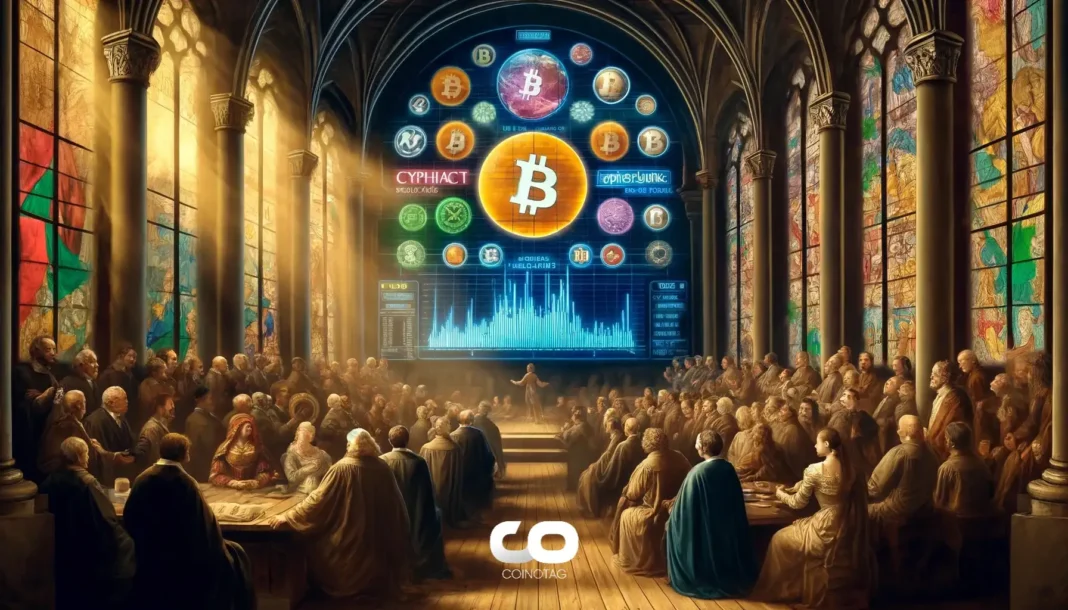Bitcoin outlook: Uncertain as September opens—investors are watching U.S. jobless claims, productivity revisions, and the August jobs report. Softer labor data could increase odds of Fed rate cuts and improve liquidity for risk assets like Bitcoin, while stronger inflation signals could pressure prices and delay easing.
-
Key point 1 — Fed data will drive short-term Bitcoin direction.
-
Key point 2 — Initial claims, productivity revisions, and payrolls are the critical catalysts this week.
-
Key point 3 — Bitcoin ended August down 6.47% and trades near $107,500 (CoinGecko data).
Bitcoin outlook: Experts await U.S. jobs, claims, and productivity data that could sway Fed policy and Bitcoin price in September. Read concise analysis and actionable steps.
What is Bitcoin’s outlook heading into September?
Bitcoin outlook is uncertain as markets price conflicting macro signals: rising inflation metrics versus a cooling jobs market. Investors are focused on jobless claims, productivity, and August payrolls—data that could either tighten Fed resolve or increase expectations for rate cuts and higher liquidity for risk assets.
How will Fed-related macro data affect Bitcoin price action?
Fed policy expectations move markets. A surprise rise in initial jobless claims or weaker payrolls would raise the probability of near-term rate cuts, which often supports risk assets like Bitcoin by lowering real yields and improving liquidity. Conversely, hotter inflation or weaker productivity growth could keep the Fed cautious and pressure crypto prices.
Expert signals: Kurt S. Altrichter has warned that cutting rates too soon risks reigniting inflation, while holding rates could worsen employment. Xu Han of HashKey Capital expects payrolls potentially below consensus and warns of larger layoffs, a factor that could prompt multiple cuts into late 2025.
When are the key reports that could move Bitcoin?
Thursday’s initial jobless claims and final U.S. productivity/unit labor costs revisions come first, followed by Friday’s August unemployment rate and Nonfarm Payrolls. Markets expect jobless claims near 230,000, productivity prelim Q2 at +2.4% q/q annualized, unit labor costs at +1.6%, unemployment at 4.3%, and payrolls ~75,000.
Frequently Asked Questions
Will initial jobless claims move Bitcoin more than payrolls?
Initial claims can trigger immediate intraday moves by signaling labor-market deterioration sooner. Payrolls and the unemployment rate provide broader monthly context that can confirm or reverse initial market reactions.
How should long-term investors react to Fed uncertainty?
Long-term investors should avoid knee-jerk moves: consider dollar-cost averaging, review allocation to risk assets, and maintain emergency liquidity. Use macro windows to rebalance rather than time the exact bottom.
Key Takeaways
- Macro catalysts: Jobless claims, productivity, and payrolls are the primary near-term drivers for Bitcoin.
- Policy sensitivity: Softer labor data raises odds of Fed cuts and can be supportive for Bitcoin via improved liquidity.
- Risk management: Given September seasonality, focus on holder cost basis, defined rebalancing rules, and short-term liquidity buffers.
Conclusion
Bitcoin outlook remains fragile as September begins. Short-term direction hinges on U.S. jobless claims, productivity revisions, and August payrolls, which together will clarify the Fed’s policy path. Investors should combine macro signals with seasonal caution and clear risk-management rules as markets digest the data.
Published: 2025-09-01 · Updated: 2025-09-01







